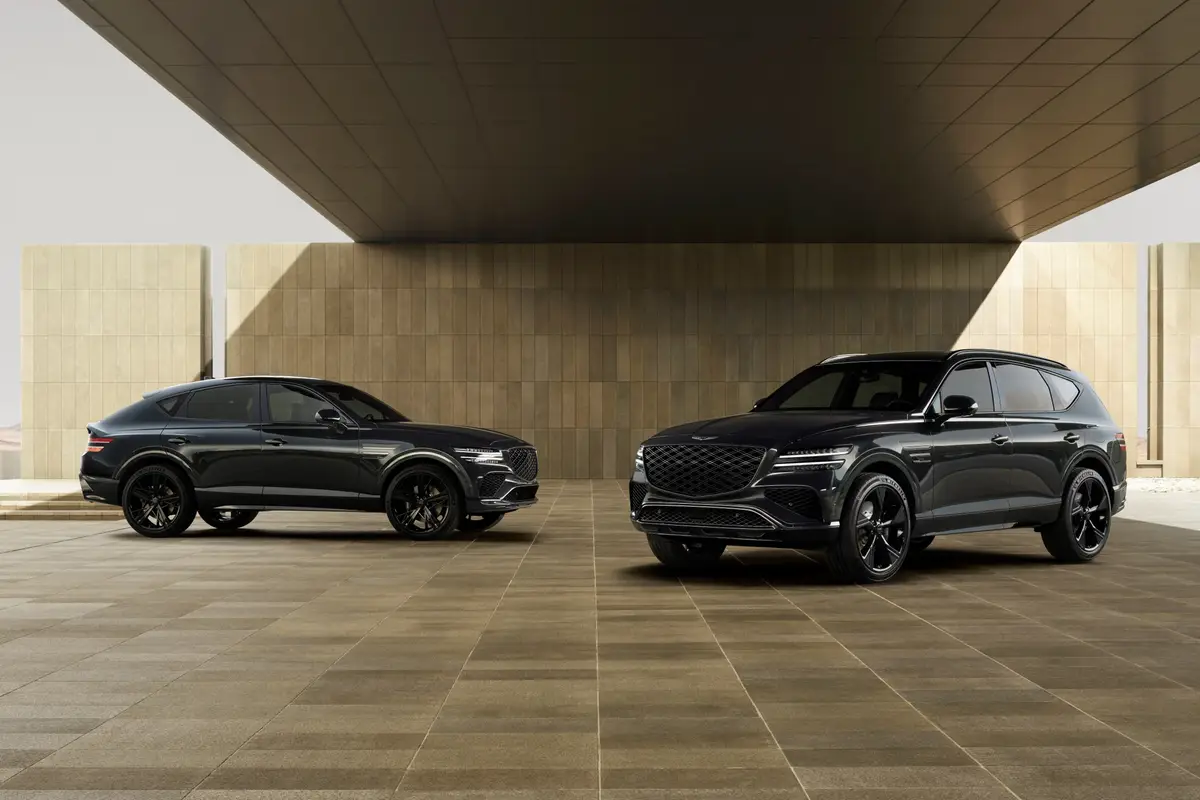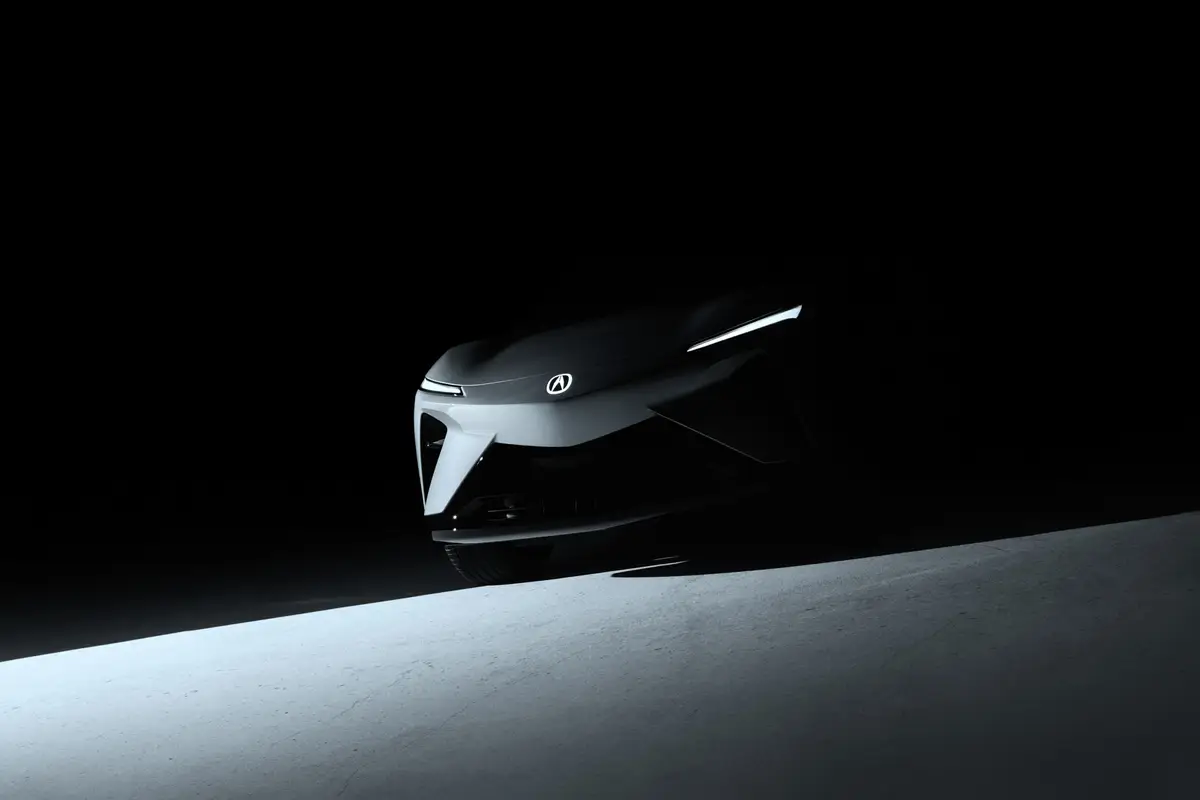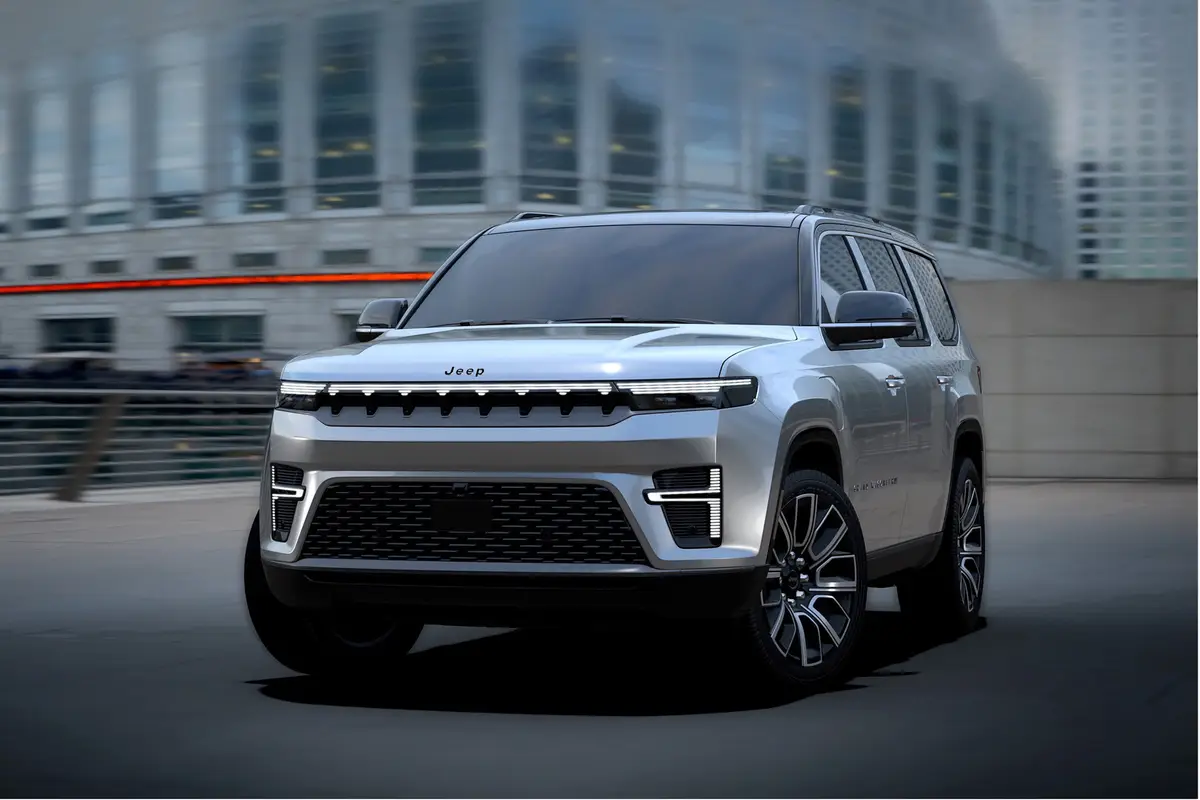The Detroit Newspapers's view
We doubt if there has been a great hue and cry from consumers to get hatchbacks on the roads once again, but manufacturers like Suzuki apparently think they are a good idea – especially for entry-level buyers looking for a bargain.
We recently spent a weekend testing a couple of Asian hatchbacks, including the 2005 Suzuki Reno EX, a sister car to the Forenza sedan. Our test vehicle had a sticker price of $17,194 and had only one option – $500 antilock brakes.
Paul says the Reno is strictly middle-of-the-road. Anita has even less enthusiasm for the Korean-built car.
HE: I had no preconceived notions about the Reno before Suzuki dropped off our test car last week. None, that is, until I tried to get up the icy slope in our neighborhood and found that the front-wheel-drive Reno didn’t have enough traction to do the job. Of course, there is no traction control on the car, so I had to back up down the hill and get a running start to make it to the top of the road. That didn’t leave me with a really positive feeling before I had even logged a single mile on the clock. After spending the weekend in the little Suzuki, which doesn’t have many direct competitors in North America, I came away thinking this is no better than a three-star vehicle.
SHE: Wow. Your standards seem to be declining. Does that mean I can lighten up on washing the bathroom floor? I thought the Suzuki was one of those rare sub-par cars that we are seeing less and less of. Face it, almost every car we test is at least a “B” grade car. That doesn’t mean there’s a lot of grade inflation going on here, but cars, in general, are fairly decent. But this Suzuki, which is built by another General Motors affiliate, Daewoo, is a disappointment to me. I couldn’t generate any excitement about its looks, which are boring, or its cabin, which seems old-fashioned and too plastic for fussy American tastes.
HE: You are being way too harsh. Daewoo builds some pretty good products, including the Chevrolet Aveo, which we recently tested and liked. The Reno has the same sort of pleasant, inoffensive styling, and I really thought the cabin had a nice design. And while the car generally seemed well-built, I was disappointed in some of the details, like the wavy stitching on the door panels. But you still get an awful lot of car for $17, 000.
SHE: I kept picking out details on the Reno that just weren’t up to snuff, even against other Korean manufacturers like Kia. Look at the Reno’s taillights, for example. In an era when even the cheapest cars have jewel-like taillights, the Suzuki’s seem like they belong to an earlier time period. They look cheap and toy-like and almost one-dimensional. The buttons on the stereo system are too tiny and the engine is so noisy at highway speeds that you have to crank up the radio to hear it. All of those little things add up to a less than perfect score. And besides, I’m having a problem understanding what a Suzuki is supposed to look like. From a distance, this car looks anonymous. And I can’t imagine anyone pining away for a Reno. I think you’re being far too kind.
HE: Well, I certainly had some issues with the car. Suzuki uses a twin-cam 2.0-liter four-cylinder imported from GM’s Australian subsidiary, but it only makes 126 horsepower and feels pretty weak-kneed. The suspension is so soft, it will almost make you ill on bumpy roads. The car seemed to be blown around an awful lot on the freeway, too. I never felt really in control. Compared to such rivals as the Volkswagen Golf and the Mazda3, the Reno is definitely not a driver’s car.
SHE: On the plus side, side air bags that protect the front passengers are standard. But there is no optional air bag protection for rear-seat passengers, which bothers me, especially if you are buying this car for a young driver who undoubtedly will be transporting friends.
HE: And let’s talk about bad product decisions. The antilock brakes on our test car cost $500 extra, but the power sunroof is standard on the Reno EX. Who was the product planning wizard who made that decision – sacrificing safety for a convenience feature.
SHE: Ready to change your vote?
HE: Like I said, middle of the road.
Anita and Paul Lienert are partners in Lienert & Lienert, a Detroit-based automotive information services company.
Latest news



